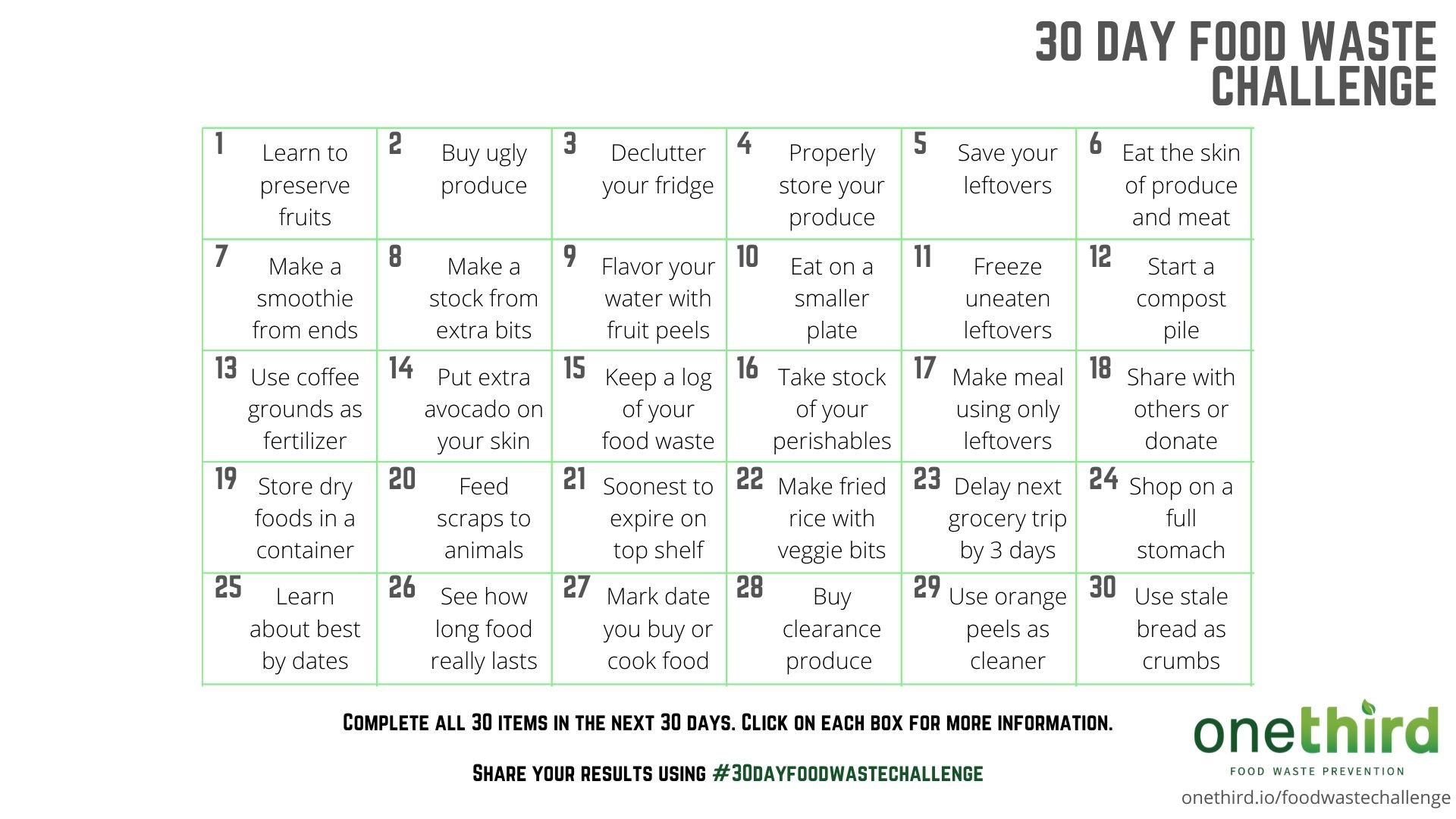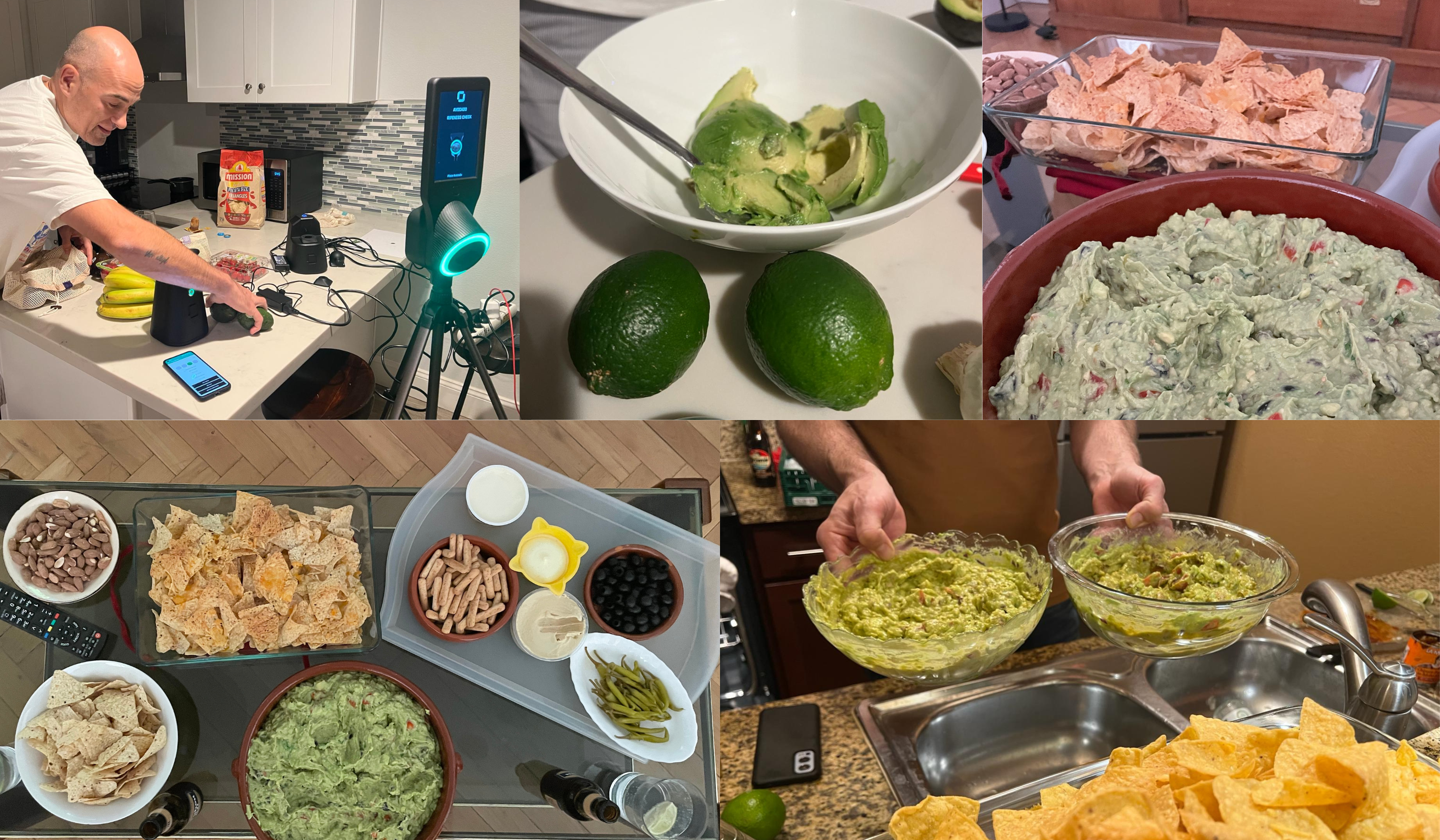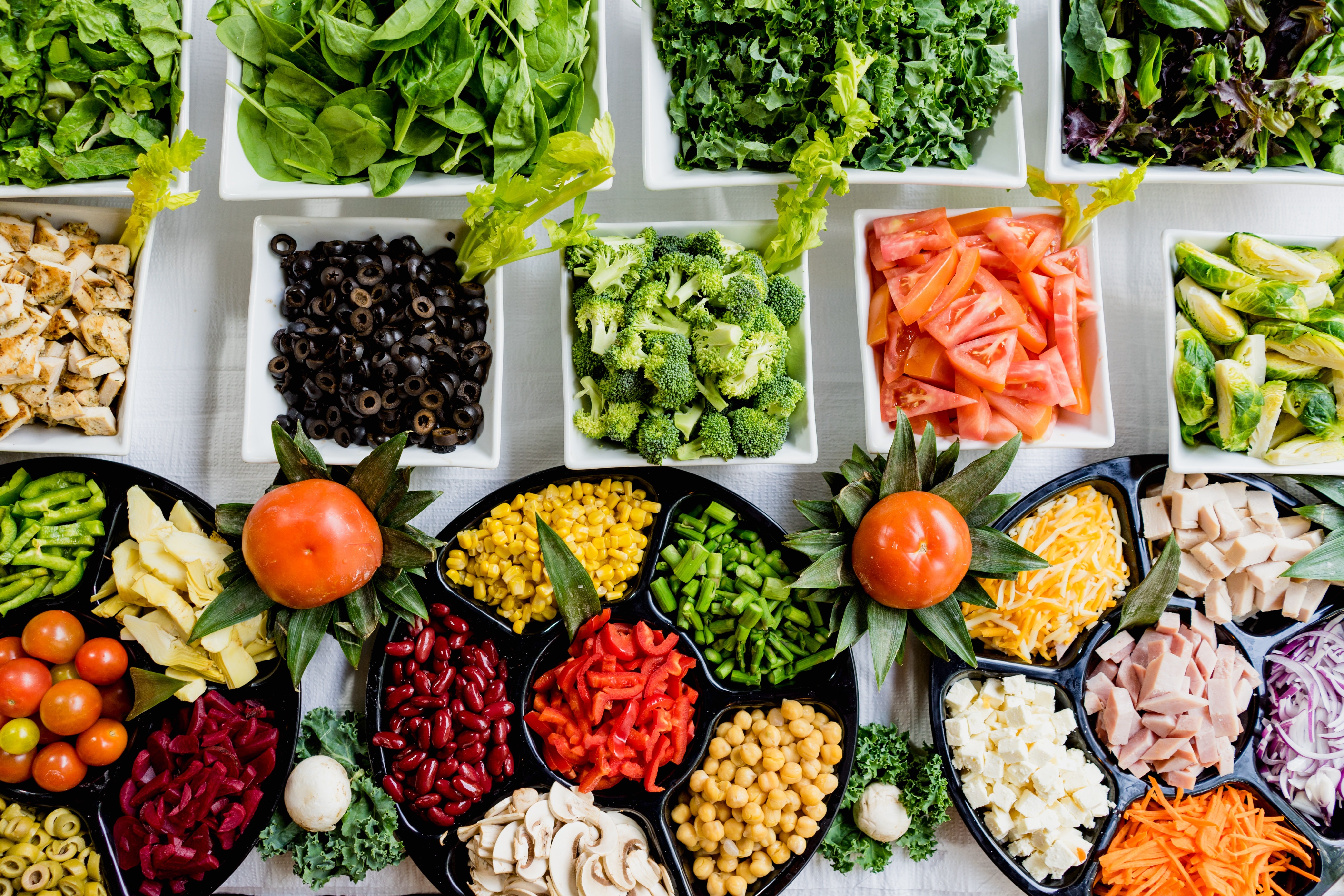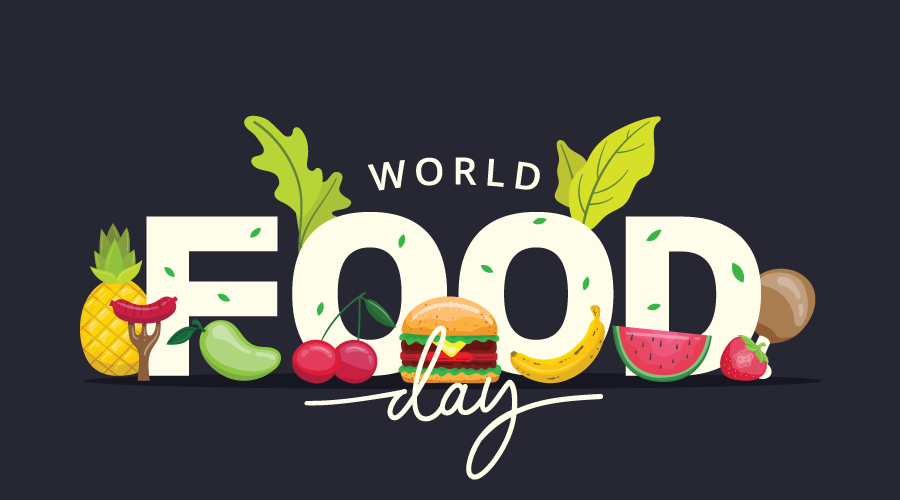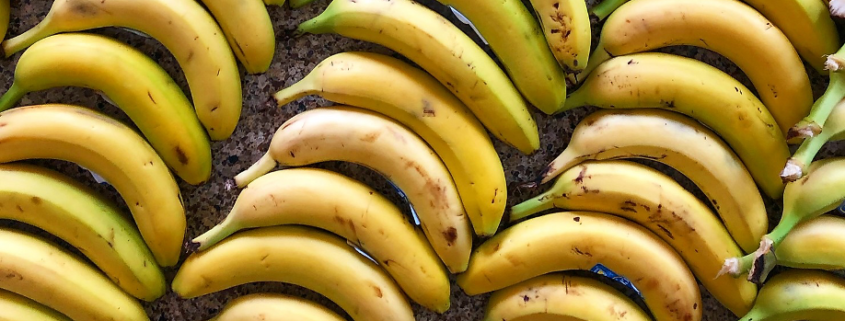
16 Jun 2023
doorOneThird
An Introduction to Food Waste and Food Loss
We often hear the terms “food waste” and “food loss” flying around, but hear about food waste more. At the time of writing, there were around 10,000 monthly Google searches for “food waste” and only around 200 for “food loss”.
But how many of us know what the difference actually is?
Both are painful and damaging to businesses and the planet, but their true difference lies in where the waste is occurring. This blog post describes the difference between these terms and provides insight into reducing both.
Food Loss Definition
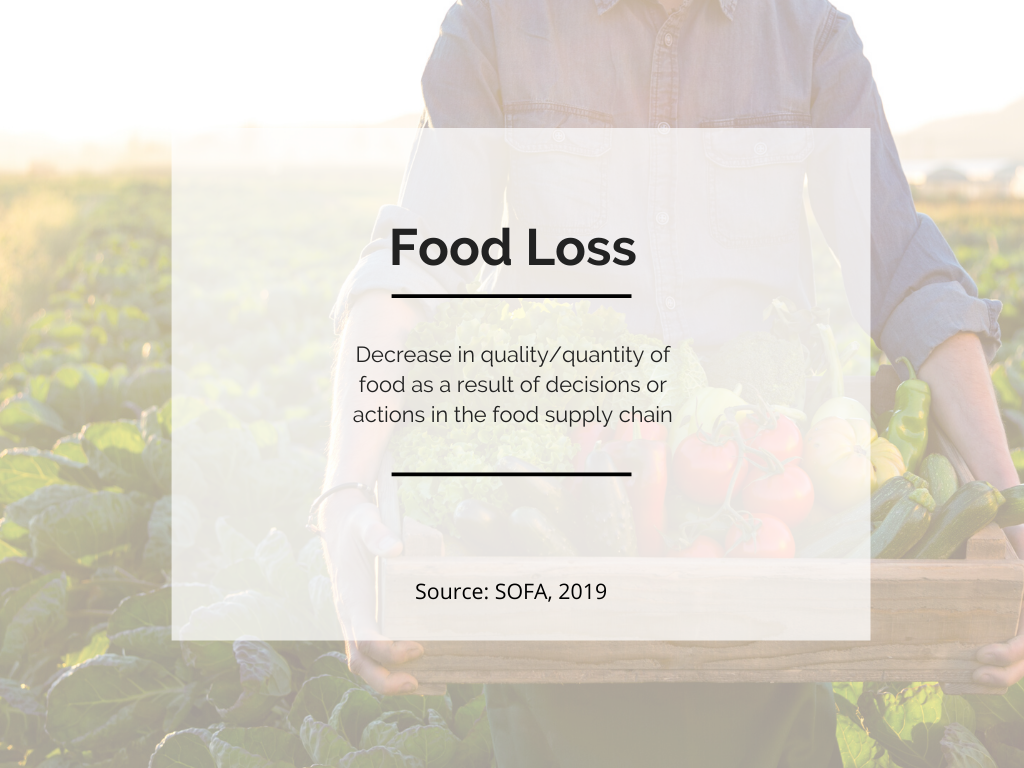
Food loss is the decrease in the quantity or quality of food resulting from decisions and actions by food suppliers in the chain, excluding retailers, food service providers and consumers (SOFA, 2019).
Disposed food that occurs between the farm and the business that will be making the final sale is considered food loss. Systemic issues are normally the culprit.
There are solutions out there for preventing food loss, like cold chain management and shelf-life prediction. Operational improvements are the key to solving this issue.
Food Waste Definition
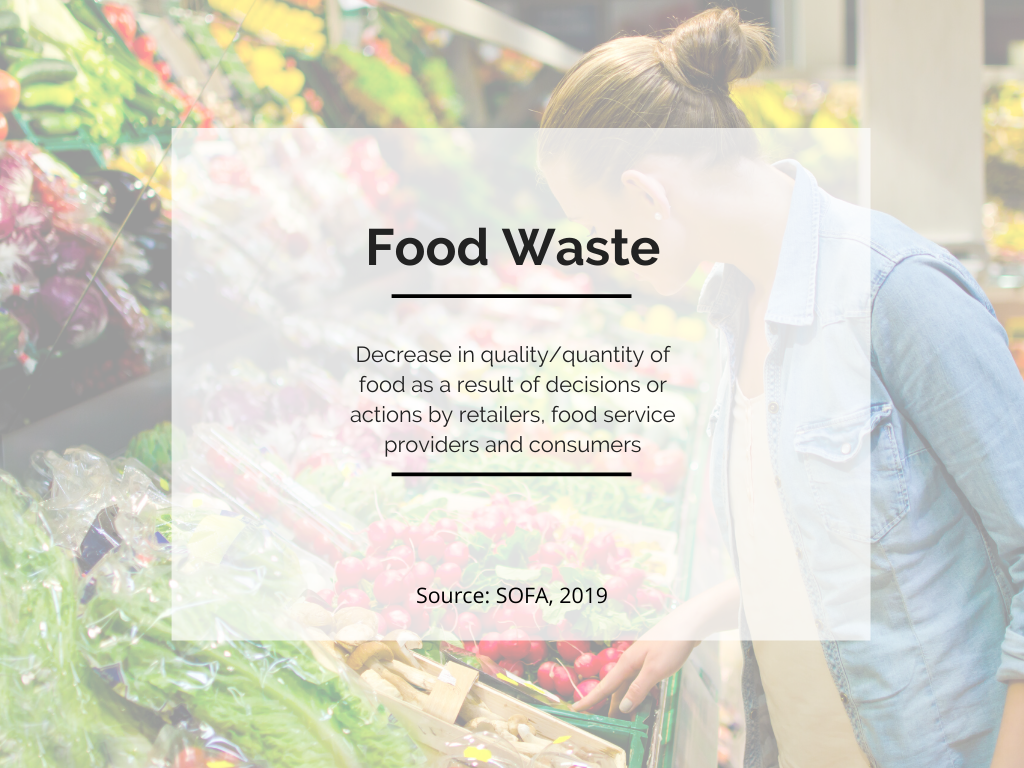
Food waste refers to the decrease in the quantity or quality of food resulting from decisions and actions by retailers, food service providers and consumers (SOFA, 2019).
When food disposal occurs in restaurants, supermarkets, or at the home of the consumer, it’s considered waste.
The difference in the terminology is due to the fact that food waste is often easier to solve with education. Reducing food loss requires smart logistical improvements.
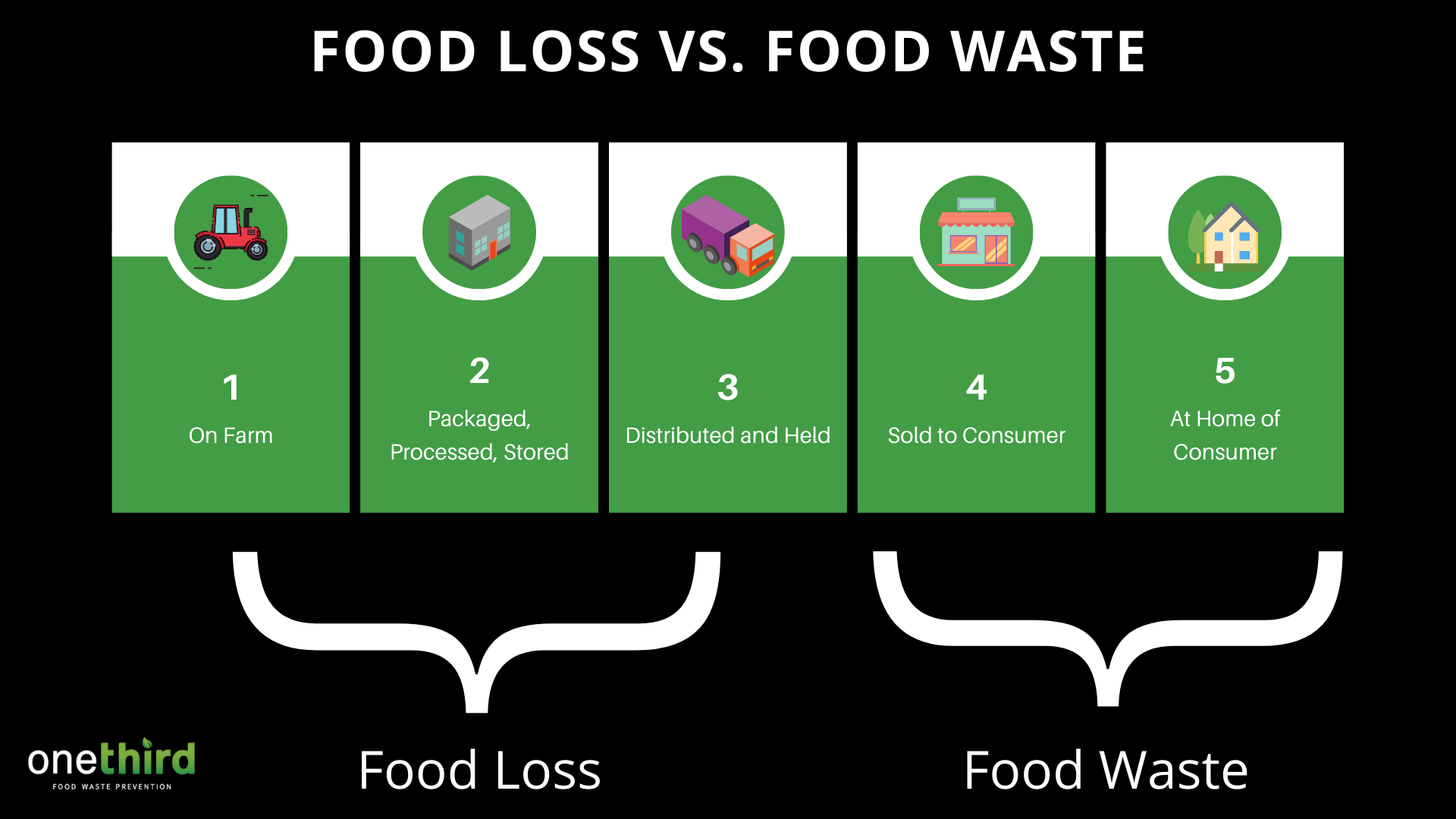
“We Really Don’t Waste Much Food”
If you think this is the case, you are either looking at the wrong metrics or should be presenting to the UN about SDG 12.3. The average retailer wastes DOUBLE their food profits on wasted food.
Walmart even loses hundreds of millions of dollars per year in lost/wasted food. They have estimated they will save around $400 million per year by reducing food waste with their quality management system, Eden.

A Mindset Shift for Reducing Food Loss and Waste
Many companies reach their sustainability goals by diverting waste using methods towards the bottom of the food recovery hierarchy. However, the goal of “waste diversion” is broad, and having 100% diversion may even provide minimal impact. Start thinking about reducing surplus food instead of food loss and waste to see greater improvements. You should focus on staying towards the top of the food recovery hierarchy instead of settling towards the bottom, with activities like anaerobic digestion.
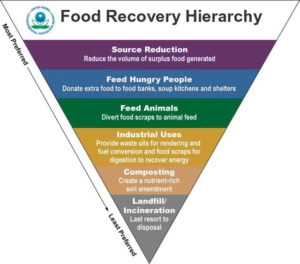
Sure, it’s great that we can reconvert food to energy through anaerobic digestion. There is not much economic value in this after the taxing cycle of growing, processing, and transporting food.
In fact, ReFED says anaerobic digestion has an economic value of only $21/year per ton. Yes, $21 without a “k” after it per TON. Considering the cost of wasted food is about $5000/ton, this is minuscule (about 0.4% of the value recovered).
Solutions to Reduce Food Loss
Because loss occurs on the farm and in supply chains, it will take smart logistical improvements to make a large impact.
Different ways to reduce food loss include:
- Cold chain management technologies
- Dynamic routing
- Reduced handling
- Direct-to-customer delivery
- Improved inventory management
- And more…
There are numerous ways to prevent food loss, and the good news most can make a noticeable impact on your bottom line and improve sustainability.
No single solution will tackle this whole issue. However, the earlier you get started, the sooner you start saving costs and preventing the unnecessary tossing of food.
We specialize in helping companies implement dynamic routing in the cold chain through shelf-life prediction. When you know the freshness of each batch of fresh produce, you can know where to ship it and re-route as necessary. This maximizes profit and quality while reducing food loss (and waste).
Ways to Prevent Food Waste
Most solutions to food waste revolve around clear communication and enabling better decisions. Food waste is more preventable than food loss.
Need evidence? According to ReFED, the top two food waste solutions in terms of financial benefit are consumer education campaigns and standardized date labeling. These may seem simple, but the amount of waste that is caused by not knowing the difference between the “sell by” date and a “use by” date is stunning.
There are infinite ways to reduce waste- it just takes effort and prioritization.
OneThird has created a guide for retailers calling out 11 ways to reduce food waste. We’ve also created the 30 Day Food Waste Challenge, which lets consumers try out 30 different ways of preventing food waste at home.
Conclusion
Food loss occurs before the food reaches the consumer. Food waste is when food is being sold to the consumer or at their homes.
OneThird focuses on both food loss and food waste reduction. We work with all areas of the supply chain and help educate consumers to make decisions that reduce food waste.
We even use the term “food waste” when we sometimes shouldn’t because it has become such a standard term.
As education about food loss improves and more solutions pop up, we expect a clearer distinction between the two.
